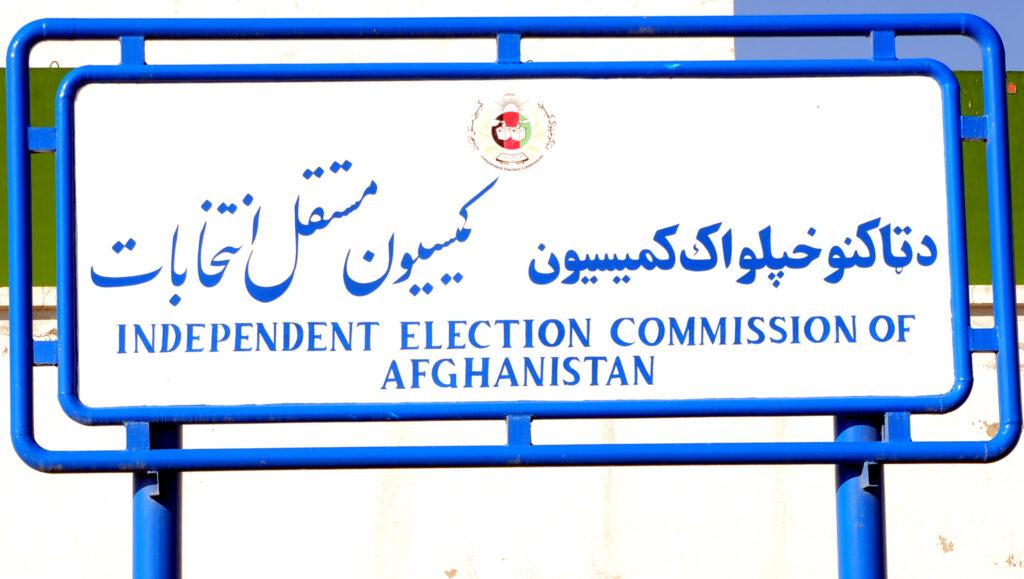KABUL (Pajhwok): The absolute majority (93 percent) of the 2,495 candidates running in the upcoming Wolesi Jirga elections are independent while women make 16 percent of the runners.
The initial list of candidates the Independent Election Commission announced on Wednesday shows Kabul leads other provinces in fielding most of the candidates for each lower house seat and the least number of candidates comes from nomads.
The Wolesi Jirga and district council elections are scheduled for October 20. Except Ghazni province, candidate registration has been completed in all other provinces.
No one could register as candidate in the election from Ghazni due to the close of the provincial IEC office by protestors.
From other provinces, 2,100 male and 393 female candidates, including nomads, from across the country are contesting on the lower house’s total 250 seats. The house has 68 seats for women and 10 for nomads.
The names of 141 nominees have been dropped from the initial list.
Shahla Farid, political science lecturer in Kabul University, told Pajhwok Afghan News that the nomination of nearly 2,500 people for 250 seats would confuse voters in finding their favorite candidates.
The initial list of candidates shows most of people have nominated for Wolesi Jirga elections from Kabul, Herat, Nangarhar and Kandahar provinces respectively and the least from Nimroz, Panjsher, Nuristan and Zabul provinces.
According to the election law, the entire country is a single constituency for nomads and for other people each province is an independent constituency. All 34 nomad nominees for the Wolesi Jirga elections have made their way to the initial list of candidates.
According to the list, 24 nomads including four women have nominated from Kabul, one man and a woman from Balkh, two from Kapisa, one each from Zabul, Parwan, Paktia, Paktika, Khost and Kandahar provinces.
Two of the nomad candidates are representing their political parties while the rest are independent.
According to the article 52 of the election law, the nomads’ seats are allocated to the candidates garnering the highest number of valid votes in the nomads’ electoral constituency.
The article says that three nomads’ seats are allocated to female candidates with the highest number of valid votes in the nomads’ electoral constituency.
Independent and political parties candidates
In the initial list, 170 candidates belong to political parties.
Thirty-four candidates from Kabul, 14 from each Balkh and Faryab provinces, 11 each from Kunduz and Nangarhar, nine from Herat, eight from Maidan Wardak, seven each from Bamyan, Takhar, Daikundi and Sar-i-Pul, four each from Baghlan, Samangan, Ghor and Kandahar, three each from Uruzgan, Badakhshan, Paktia and Jawzjan, two each from Badghis, Khost, Laghman and nomads and one each from Parwan, Zabul, Farah, Kapisa and Kunar provinces are running in the elections on party plaftorm.
However, no candidate from Paktika, Panjsher, Logar, Nuristan, Nimroz and Helmand provinces represent political parties.
The list shows the Jumbish-i-Milli Islami party, led by vice president Gen. Abdul Rashid Dosum, has fielded 40 candidates, the Hezb-i-Islami Afghanistan (HIA) 39 candidates and the Hezb-i-Wahdat Islami Mardum Afghanistan 19.
Simialrly, 17 candidates have jumped into the fray from the Hezb-i- Wahdat Islami party, 11 from Milli Wahdat Wolesi movement, eight from Jamiat-i-Islami and four from Dawat-i-Islami party.
The Mahaz-i-Milli Islami, Insijam-i-Milli Afghanistan and Hizb-i-Mutahid Milli have feilded three candidates each in the elections. While two each from Milli Taraqi party, Hirasat-i-Islami, Afghan Milat, Itedal Milli, Refa-i-Milli, Milli Iqtidar, Milat and Milli Paiwand are also in the run.
There are one each contestant from De Soli Milli-Islami, Hizb-i-Islami Mutahid, Milli Garai movement, Baidar Millat, Milli Musharikat, public movement and Harkat-i-Inqilab Islami.
Currenlty, the HIA is split into two groups, one led by Gulbaddin Hekmatyar and another by Abdul Hadi Arghandiwal, but only one candidate has written in his documents that he is affiliated with the HIA-Gulbadin while others have not disclosed their speficif party affilitation.
Some candidates belong to parties but they have not registered as party candidats. For example, HIA peace envoy Eng. Mohammad Amin Karim and Hekmatyar’s son Jamaluddin Hekmatyar are running as independent candidates.
Shahla Farid said candidiates belonging to any party, had to register as independent candidates because the electoral system was not party-based.
But these independent candidates received votes from their respective parties, she said.
The statistics show the number of Kabul-based candidates far exeeds the number of parliametnry hopefuls from other provinces.
Commenting on the enthusiasm to contest the Wolesi Jirga elections from Kabul, political and legal affairs expert Shahla Farid said one reason was that there were a lot of educated people in Kabul.
Secondly many current and former Wolesi Jirga members have been running from Kabul but their relatives contesting the poll from provinces.
Women Candidate
Shahla Farid says considering the current situation, the women’s entry in the preliminary list of candidates “is sufficient.” However, she said women’s role in the long run should be increased and enabled to compete with men.
According to the election law’s article 52: “The Commission (IEC), for the purpose of the minimum number of female candidates that shall be elected from each province, prepares procedures and a formula that is based on the population of each province so that to meet the requirements of article 83 of the Constitution of Afghanistan that is the number of elected female candidates shall be at least twice the number of the current provinces.”
Based on this article, candidates who receive the highest number of valid votes in each electoral constituency are allocated seats as per the formula mentioned in clause (1) of this article. Upon the realization of the quota, the remaining seats are allocated according to the article 49 of the law.
Visits: 8









GET IN TOUCH
NEWSLETTER
SUGGEST A STORY
PAJHWOK MOBILE APP